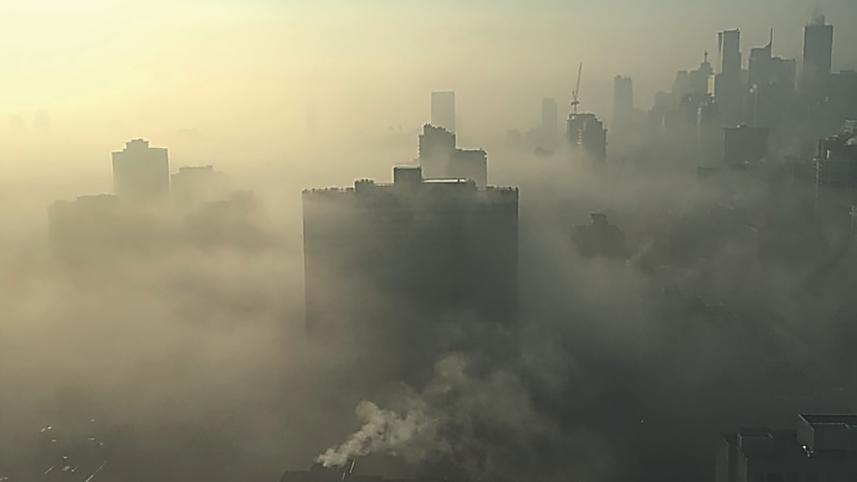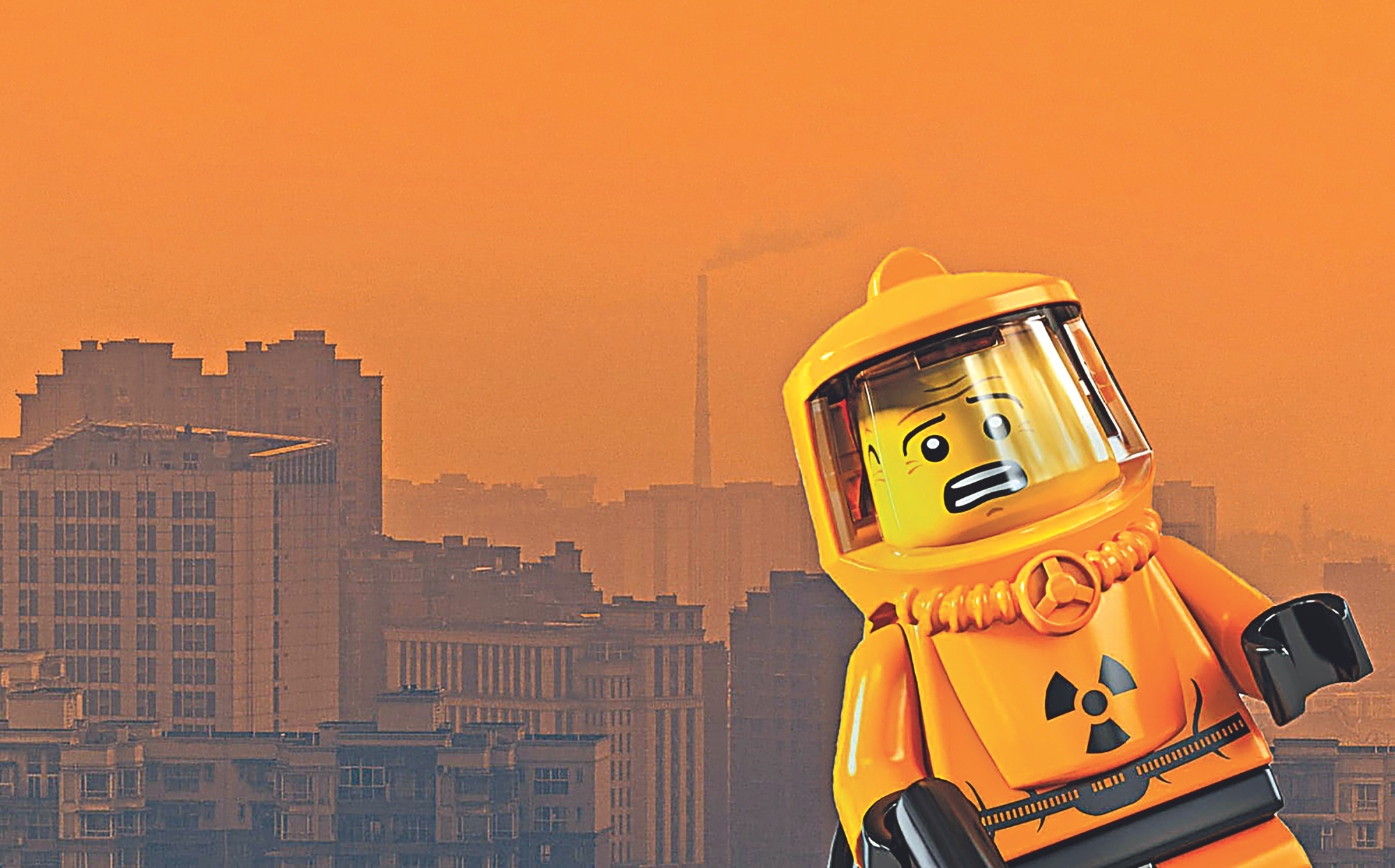HOW NOT TO DIE FROM BREATHING

Spring is here, minus the singing of the birds and the bees and the rainbows providing a rave for unicorns to dance to. But as you can guess, it's not a pretty spring. The mishmash of dust from buildings being torn down, dust from the metro rail project consuming the breathing air and fine dust from millions of people are slowly breaking down our lungs. The thick fog isn't winter's last gasp, but rather a thick smog of dust and dirt.
Doctors are becoming increasingly worried about the number of patients complaining about breathing problems. And with Dhaka being the most densely populated city in Bangladesh, it makes the capital the biggest sufferer.
According to the Dhaka US Consulate real-time air quality index (AQI), at the time of writing this piece, the air is very unhealthy with the AQI 275. In stark contrast, good air quality has an AQI between 0-50. [AQI is measured in micrograms per cubic meter, e.g. PM 2.5, PM 10. Here, PM 2.5 is the concentration of microscopic particles less than 2.5 microns in diameter]. And the forecast predicts that it will only get worse on the weekdays.
If you look at the Air Quality Index Scale, you will be truly alarmed that we only need to get worse by just 25 more points, and then Dhaka will officially have hazardous air quality. You might as well prepare my will and testament.
According to Accuweather, on an index of 0-10, the air quality of Dhaka gets 10/10 as the producer of weather-based asthma and sinus infection.
WEAR A MASK OUTSIDE
No matter how uncool a mask may look, wear it when you are outside. Typical masks will generally take care of large particles of dust. There are anti-pollution masks available online and at some good drug stores. Proper masks cost between BDT 1000/- and BDT 6000/- whereas a simple cloth one is BDT 60/- max.
Don't forget to look for specifications stating that the mask can prevent PM 2.5 particles. These are known as N95 or N99 masks. These masks are certified as being capable of blocking said PM 2.5 particles – a particulate matter of 2.5 micrometers or less in diameter (about 30 times less than the width of a human-hair). PM2. 5 particles are a complex combination of pollutants, such as, dust, pollen, smoke, and mist. But, a cloth mask is fine as well – at least better than directly inhaling dust particles.

USE AIR PURIFIERS AT HOME OR OFFICE
At least use them in this dry season when you have no incentive to use the air conditioner; unless of course you already have an AC with a good air purifier built-in, look in to purchasing a good air purifier. This is especially important for those living in the industrial zones, e.g. Farmgate or Tejgaon. This applies for people who have heavy construction going on around their house. Transcom Electronics sells a Hitachi air purifier unit starting at BDT 48,900/- that takes care of dust, ultrafine particle, odour and PM 2.5 particles (find more details on Pg-6, Bytes). Sharp from Esquire Electronics has a smaller, simpler unit that takes care of mould and bacteria priced at BDT 17.900/-.
USE NATURAL AIR PURIFIERS
Aloe Vera, snake plant, spider plant, bamboo plant – these indoor plants are really good for maintaining your indoor air quality. They absorb chemical pollutants (the likes of formaldehyde, benzenes), biological pollutants and also manage the level of dust. In fact, according to a study by NASA, it is proven that indoor plants can reduce the dust level by as much as 20%. Rubber plants and ivy are good for dust management as well.
 For all latest news, follow The Daily Star's Google News channel.
For all latest news, follow The Daily Star's Google News channel.
Comments